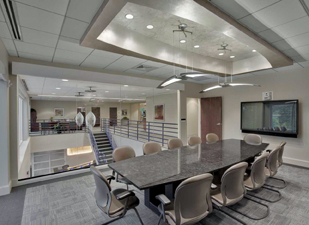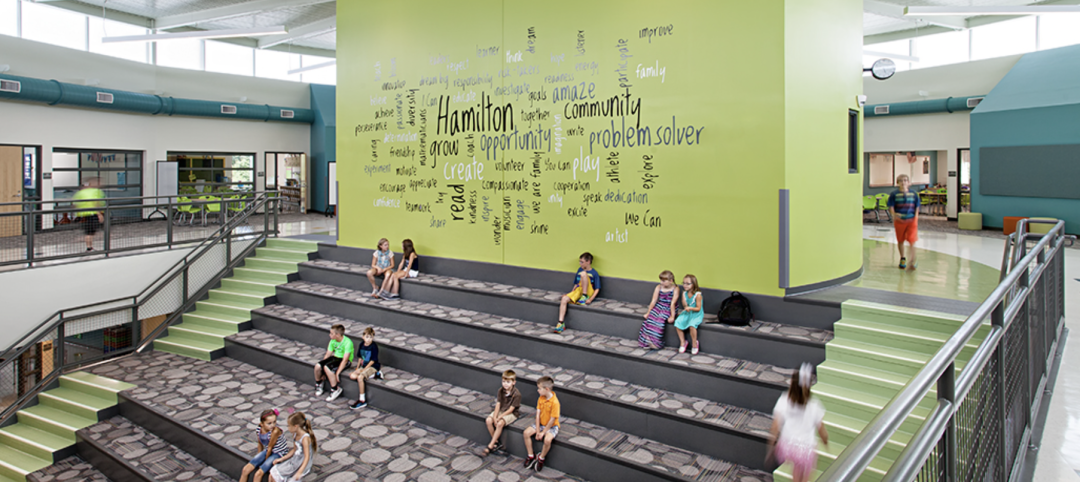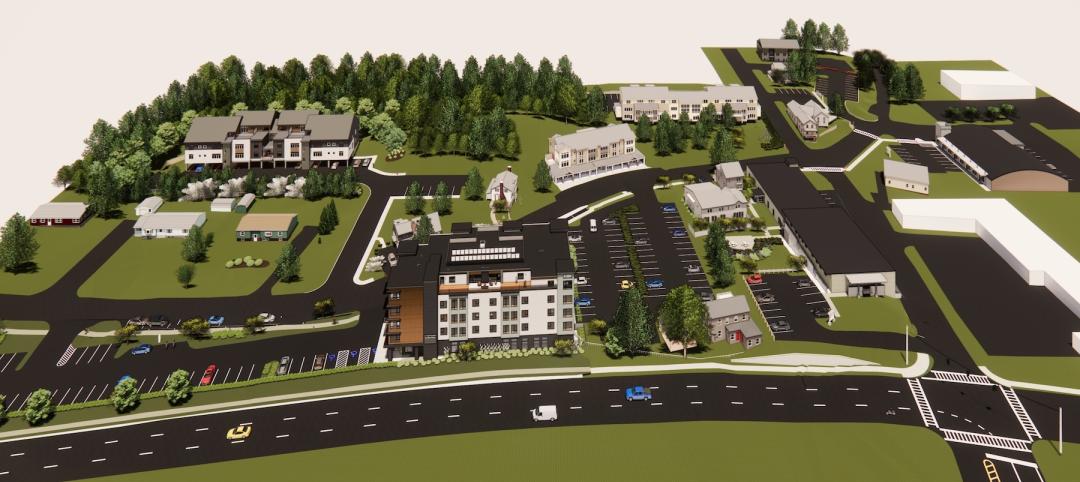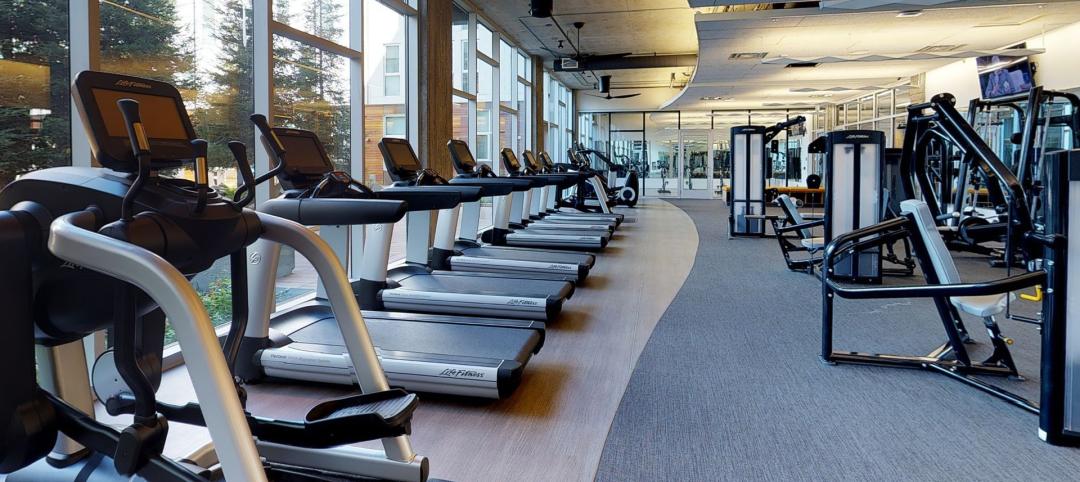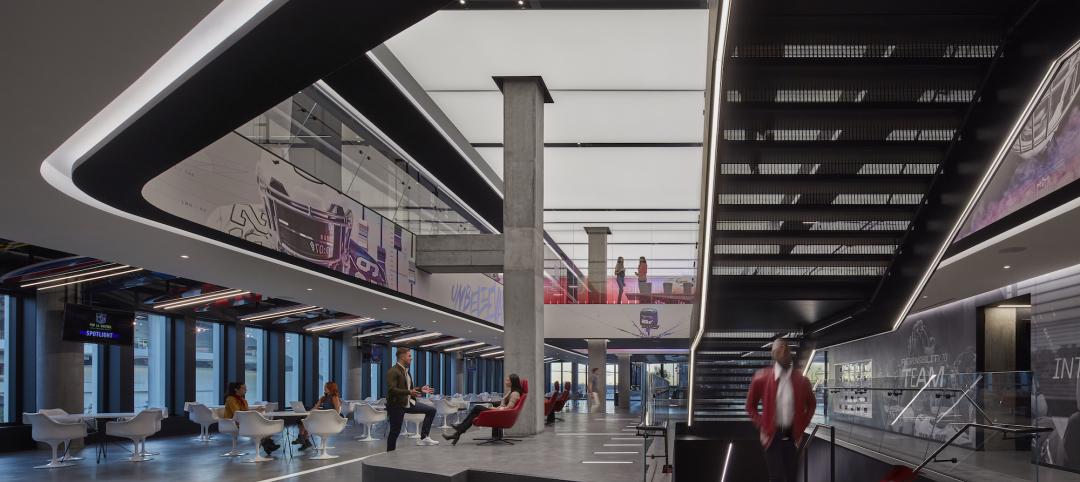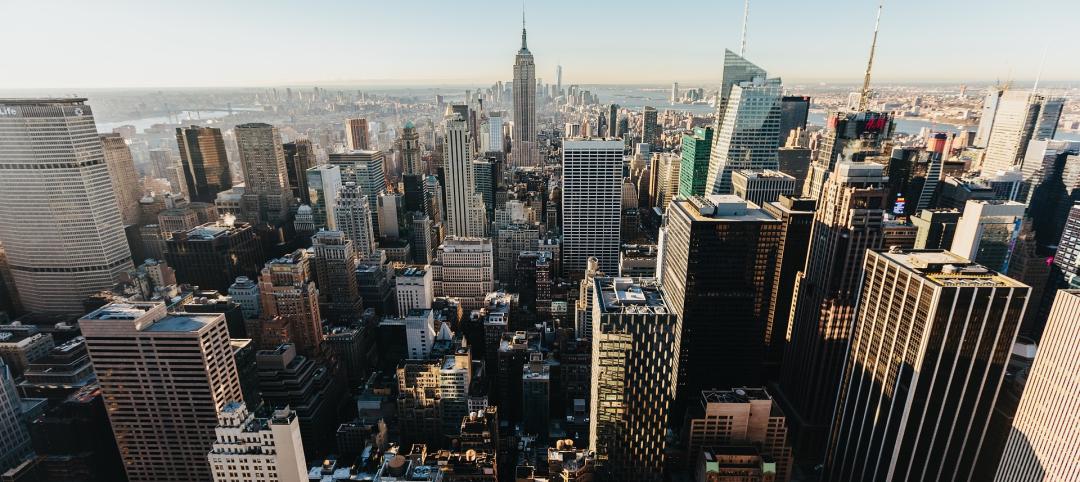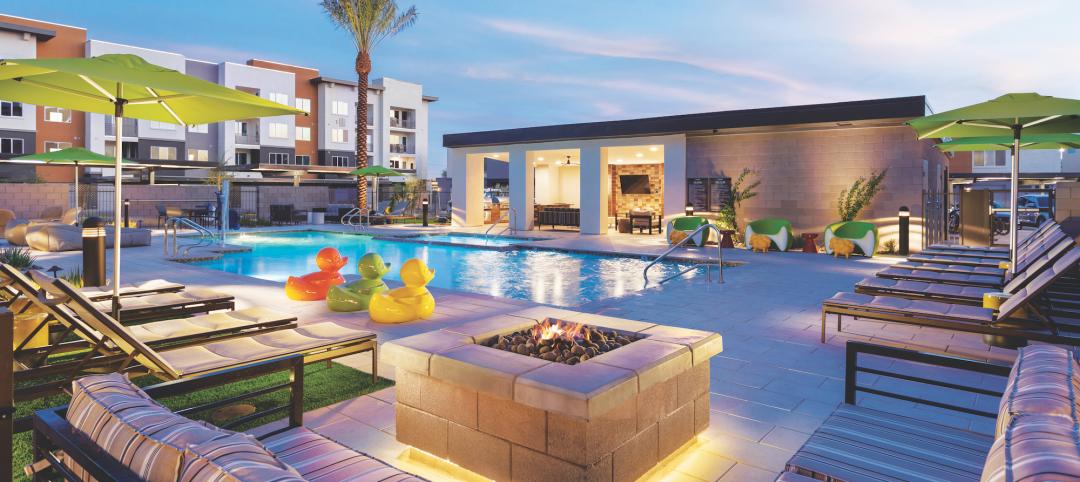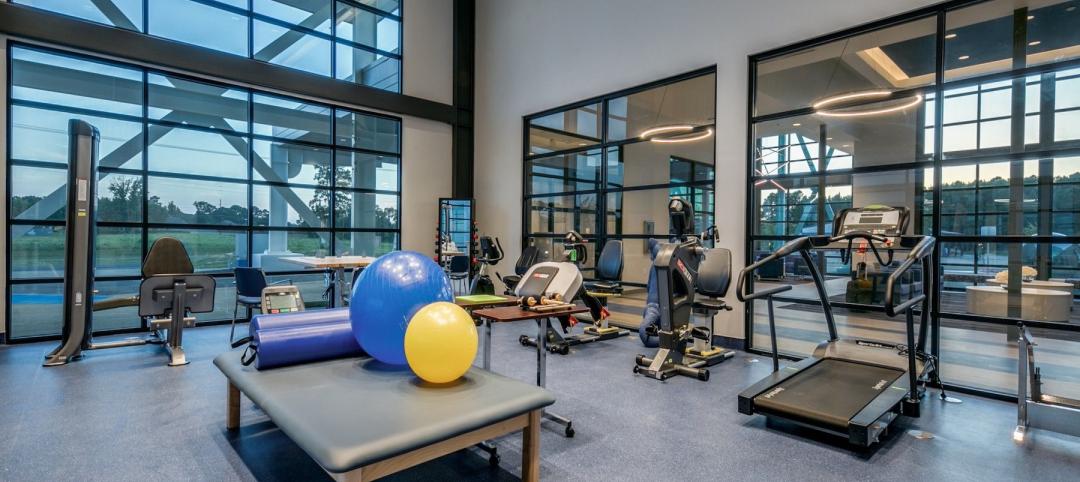The LED industry is in the midst of a rapid development cycle. In an effort to lengthen bulb lifetime, intensify colors, and create higher energy efficiencies, manufacturers are developing LEDs at an intense rate.
To help Building Team members sort through the new technological dimensions of LEDs, we asked two top-rated LED experts—John W. Curran, PhD, president of LED Transformations LLC, an LED industry consulting firm based in Stanton, N.J., and Glenn Heinmiller, principal of LAM Partners Inc., an architectural design firm based in Cambridge, Mass.—for their advice.
1. Pencil out the economics of LEDs. Building Teams should evaluate the economics of deploying LED luminaires. Cost savings come from two factors: energy efficiency and long life. The higher the electric utility rate for the application, the faster the payback. A long lifespan provides reduced maintenance costs resulting in additional savings. “The LED fixtures must last as long as assumed in the ROI calculations,” says Curran. “This is often where the economics for LED fixtures falls apart.” According to Curran, Building Teams must also be careful not to assume a lifetime that the fixtures do not deliver due to bad information from the fixture manufacturer or misapplication by the specifier or contractor.
2. Determine if LEDs are the right application for your building. “The answer depends on the specific lighting application, local electricity rates, operating hours, maintenance costs, and availability of utility incentives,” says Heinmiller. Building Teams should help owners explore the length of the payback period versus best energy performance regardless of upfront cost.
3. Consider the physical environment immediately surrounding the LEDs. Very high-temperature environments can present problems for LED technology. For example, installing highbays in an uncooled warehouse in Arizona may result in greatly reduced lifetimes for the LEDs. Those same highbays in a cold storage facility will perform much better.
4. Be aware that dimming is still a major problem with LEDs. Not all LED products can be dimmed, and those that can may not dim smoothly or to a low level. This is due to the widespread use of phase-cut dimmers in concert with conventional incandescent lighting and the drivers—the electronics—that power the LEDs. “It’s not easy to predict how a particular driver will perform against a wide range of dimmers already installed,” says Curran. Currently, there are no standards for LED dimming control, so only certain types of dimmers or dimming protocols will work with a particular LED fixture. “Dimming problems will probably improve some with technology development, but there are no signs the industry is standardizing on a dimming protocol,” says Heinmiller.
5. Test the LED color rendition. “The color rendering performance of white LED sources is generally quite good,” says Heinmiller. “Testing is important, especially for applications where color rendition is crucial, in order to make sure you are satisfied with the results.” Eventually, there will be an improved color metric that will predict quality more accurately from the specifications. Until then, Building Teams should advise clients to test color-critical applications.
6. Check out the fixtures with the manufacturer. Ask the LED manufacturer about their quality control and the type of testing done on their drivers. Deal only with reputable suppliers and manufacturers: What good is a 10-year warranty when the supplier goes out of business in a few years? Ask the supplier how they plan to provide replacement fixtures in 3 to 5 years.
7. Look for the Lighting Facts label. Go to www.lightingfacts.com to learn about a U.S. Department of Energy program that showcases LED products for general illumination from manufacturers who commit to testing products and reporting results according to industry standards. The LED Lighting Facts label can provide Building Teams with essential information for evaluating products and identifying the best options.
8. Go with a pro. For complex projects, engaging the services of a qualified professional architectural lighting designer could save your client—and you—a lot of money and grief. “It is a complex problem to determine the correct light source for the application in order to achieve the best energy efficiency and high lighting quality,” says Heinmiller. If you focus only on lower energy efficiency, you could end up with a lower electric bill but poor lighting in your building—or worse, no savings and poor lighting. For projects such as relamping existing track lighting in a retail store, working with a respected manufacturer’s representative who supports mockups and stands behind the supplier’s LED products is probably sufficient.
What are OLEDs?
Organic light-emitting diodes (OLED) are a separate branch of solid-state lighting that are beginning to have an impact on the architectural lighting industry. “The major performance difference between LEDs and OLEDs is that LEDs are point light sources while OLEDs are area sources,” says Curran, president of LED Transformations. LEDs are much further ahead in regard to cost, higher efficiencies, and longer lifetimes. Currently, OLEDs are used in cell phone displays and a small but growing number of high-end designer lighting fixtures.
Learn more about LED standards
• ANSI C78-377-2008 Specifications for Chromaticity of Solid-State Lighting Products for Electric Lamps. ANSI C78-377-2008 provides a standard for qualifying the range of colors that can be classified a particular color temperatures.
• LM 79-08 Approved Method: Electrical and Photometric Measurements of Solid-State Lighting Products. LM 79-08 gives the proper test procedure to evaluate light distribution and power consumption for an LED fixture. LED fixtures require special testing (using absolute photometry) because LED light sources, unlike traditional sources, cannot be tested independent of the fixture due to thermal effects on performance.
• LM 80-08 Approved Method for Measuring Lumen Depreciation of LED Light Sources; and TM-21-11 Projecting Long-Term Lumen Maintenance of LED Sources. LM-80-08 and TM-21-11 provide guidance on measuring and predicting the lumen depreciation of LED devices, which yields an estimate of useful lifetime.
Related Stories
Education Facilities | Nov 30, 2022
10 ways to achieve therapeutic learning environments
Today’s school should be much more than a place to learn—it should be a nurturing setting that celebrates achievements and responds to the challenges of many different users.
75 Top Building Products | Nov 30, 2022
75 top building products for 2022
Each year, the Building Design+Construction editorial team evaluates the vast universe of new and updated products, materials, and systems for the U.S. building design and construction market. The best-of-the-best products make up our annual 75 Top Products report.
K-12 Schools | Nov 30, 2022
School districts are prioritizing federal funds for air filtration, HVAC upgrades
U.S. school districts are widely planning to use funds from last year’s American Rescue Plan (ARP) to upgrade or improve air filtration and heating/cooling systems, according to a report from the Center for Green Schools at the U.S. Green Building Council. The report, “School Facilities Funding in the Pandemic,” says air filtration and HVAC upgrades are the top facility improvement choice for the 5,004 school districts included in the analysis.
Architects | Nov 29, 2022
Three decades and counting, Tinkelman Architecture has helped reshape New York’s Hudson Valley
The full-service firm has designed more than 100 projects in this region, including several multifamily buildings currently in the works
Retail Centers | Nov 29, 2022
'Social' tenants play a vital role in the health of the retail center market
After a long Covid-induced period when the public avoided large gatherings, owners of malls and retail lifestyle centers are increasingly focused on attracting tenants that provide opportunities for socialization. Pent-up demand for experiences involving gatherings of people is fueling renovations and redesigns of large retail developments.
Giants 400 | Nov 28, 2022
Top 200 Office Sector Architecture and AE Firms for 2022
Gensler, Perkins and Will, Stantec, and HOK top the ranking of the nation's largest office sector architecture and architecture/engineering (AE) firms for 2022, as reported in Building Design+Construction's 2022 Giants 400 Report.
Legislation | Nov 23, 2022
7 ways the Inflation Reduction Act will impact the building sector
HOK’s Anica Landreneau and Stephanie Miller and Smart Surfaces Coalition’s Greg Kats reveal multiple ways the IRA will benefit the built environment.
Multifamily Housing | Nov 22, 2022
10 compelling multifamily developments debut in 2022
A smart home tech-focused apartment complex in North Phoenix, Ariz., and a factory conversion to lofts in St. Louis highlight the notable multifamily developments to debut recently.
Digital Twin | Nov 21, 2022
An inside look at the airport industry's plan to develop a digital twin guidebook
Zoë Fisher, AIA explores how design strategies are changing the way we deliver and design projects in the post-pandemic world.
Healthcare Facilities | Nov 17, 2022
Repetitive, hotel-like design gives wings to rehab hospital chain’s rapid growth
The prototype design for Everest Rehabilitation Hospitals had to be universal enough so it could be replicated to accommodate Everest’s expansion strategy.


